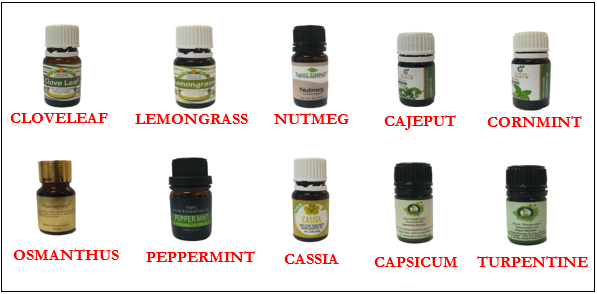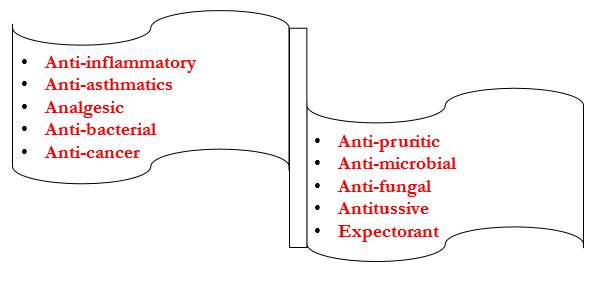In recent years, the global essential oils market demand has increased significantly and it is expected to increase dramatically between 2019 and 2026. The market size was USD 7.03 billion in 2018 and is projected to reach USD 14.6 billion by the end of 2026, exhibiting a Compound Annual Growth Rate (CAGR) of 9.65%, as stated in an article in the Fortune Business Insights . Although it can be used in carrier oils, essential oils are often used in aromatherapy, a form of alternative medicine that employs plant extracts to support health and well-being. However, some of the health claims associated with essential oils are controversial or inconsistent. To add on, some researches and articles states that there is no scientific evidence stating how reliable essential oils are and which health benefits stands out from the rest. As a consumer, how would you find the best essential oil that suits your preference in terms of properties beneficial to human health?
At ChemoPower, we decided to conduct an experiment on the various essential oils with the objectives of finding out the health benefits of essential oils and finding out if it really works.10 essential oils were chosen in random from the market which are Cloveleaf, Lemongrass, Nutmeg, Cajeput, Cornmint, Osmanthus, Peppermint, Cassia, Capsicum and Turpentine.

We have conducted static headspace gas chromatography-mass spectrometry (GC-MS) analysis to find out the chemical constituents of every essential oil. The data obtained were analyzed using ChemoPower’s proprietary and innovative software, SmartDaltonR for compound finding and MoleculeDB R for compound identification.
After the analysis, we decided to not include Capsicum oil as there is no common chemical compounds found in comparison to the other essential oils. Across the remaining nine essential oils, 829 chemical compounds were verified. Among the compounds identified, 280 compounds has overlapping properties beneficial to human health. Image below illustrates the structures of the main chemical compounds found in the nine essential oils.

These main chemical compounds consist of 3-Carene, alpha-Pinene, beta-Pinene, Camphene, Eucalyptol, Levomenthol, Limonene and Linalool and so on, the crucial health benefits properties.

The area of health benefits found in the chemical compounds previously mentioned is displayed in the bar graph below.

From the bar graph, we found out that anti-inflammatory has a higher area of properties beneficial to human health than anti-bacterial and anti-microbial.
In conclusion, essential oils does really work and has properties beneficial to human health such as anti-inflammatory followed by anti-bacterial and anti-microbial. If the usage of essential oils is a possibility, might I suggest to use Peppermint oil and Cornmint oil as they have the joint highest area of properties beneficial to human health.
**Disclaimer:
Only volatile compounds in each sample were analyzed, thus the data obtained may not be a true reflection of all compounds present.

Article written by:
Muhd Irsyad Bin Ramlan
Intern (Temasek Polytechnic)

